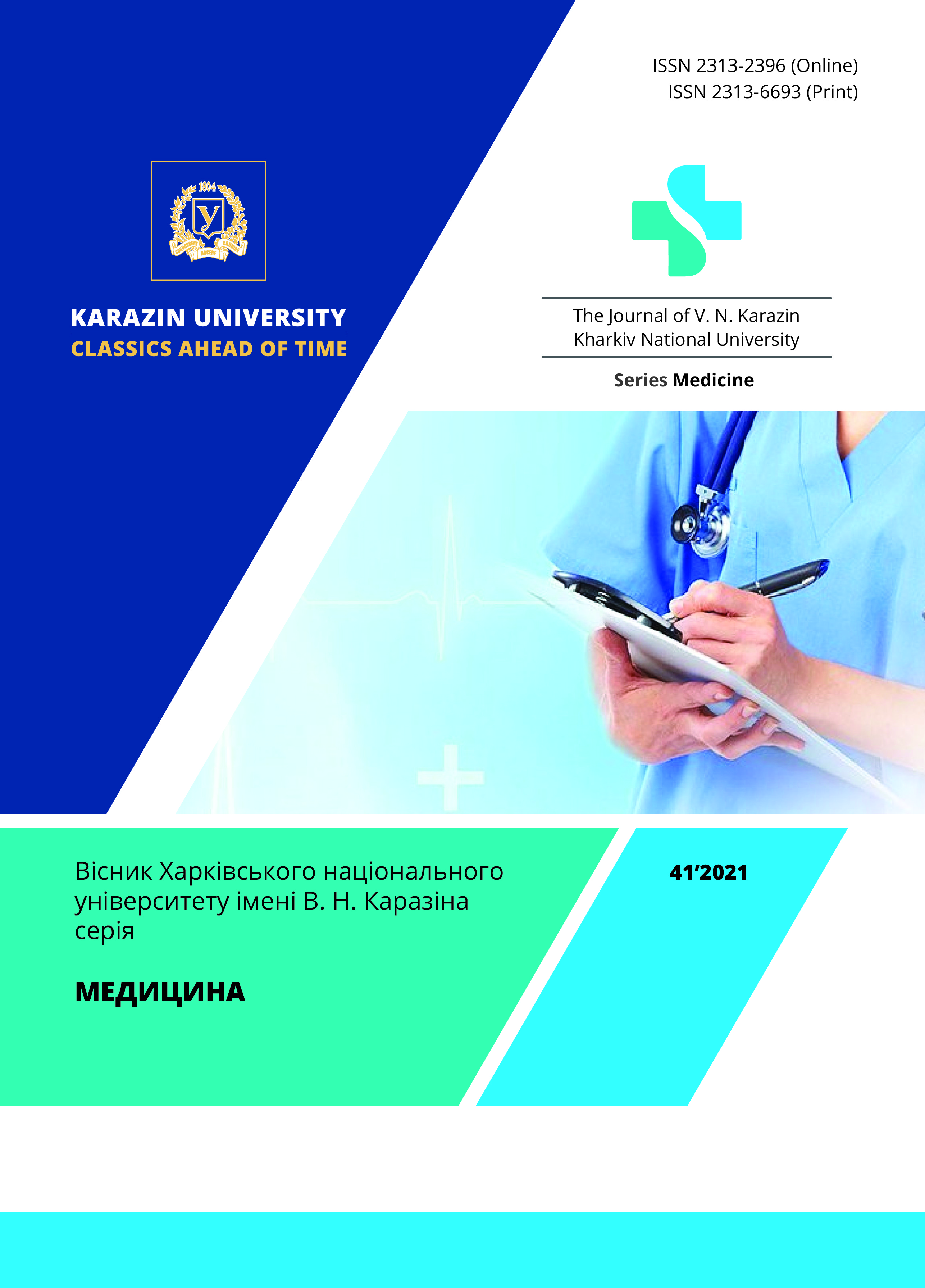Treatment, rehabilitation and assessment of the quality of life of patients operated for complications of diabetic foot syndrome
Abstract
Introduction. One of the complications of diabetes mellitus (DM) is diabetic foot syndrome (DFS), which develops in 6–11 % of patients and requires surgical treatment in 40–70 % of them. Various types of amputations and large necrectomies lead to a redistribution of the load on the foot with the development of violations of its support function and deformity. As a result, the soil arises for the development of purulent-necrotic processes, the quality of life of patients decreases. Rehabilitation is an important part of postoperative care. It should be carried out both in the hospital and at the outpatient stage of treatment and is an important measure in preventing complications and improving the quality of life of patients.
Aim. To analyze the results of treatment of patients with purulent-necrotic complications (PNC) of DFS, for whom postoperative rehabilitation measures were included in the treatment complex.
Materials and methods. The results of treatment of 128 patients operated on for PNC of DFS were studied. The examination and treatment were carried out according to the standards. At the outpatient stage, 45 patients underwent complex rehabilitation using a set of physical exercises in combination with physiotherapy methods of treatment. Determination of the degree of foot deformity was performed using plantography and X-ray of the foot bones. The dynamics of life quality indicators were studied using the Manchester-Oxford foot questionnaire (MOXFQ).
Results and discussion. The obtained results showed that in conditions of rehabilitation treatment, after 6 months the number of complications in the main group was less than in the comparison group by 12.6 %, and after a year – by 25 %. The study of the quality of life using the MOXFQ questionnaire 6 months after rehabilitation showed a significant difference in indicators (p < 0.05) between the comparison and the main groups on pain and social interaction scales and the MOXFQ index in general, which indicates a positive effect of the used rehabilitation treatment on the quality life of patients. At the same time, after a year, the reliability of the difference in indicators on all scales and the MOXFQ-index of the main and comparison groups was not revealed, despite the best absolute figures. The result obtained indicates the need for repeated courses of rehabilitation measures in the complex of treatment.
Conclusions. Treatment of patients with complications of DFS should be organ-preserving and complex. Treatment should include a set of rehabilitation measures aimed at restoring the motor function and support ability of the foot to prevent its deformation. The use of rehabilitation treatment can reduce the number of complications in the postoperative period and improve the quality of life of patients.
Downloads
References
World Health Organization. Global Report on Diabetes. Geneva, Switzerland (2016), 86 р. http://apps.who.int/iris/bitstream/10665/204871/1/9789241565257 _eng.pdf.
Tanirbergenova AA, Tulebaev KA, Akanov Zh. A. Rasprostranenie saharnogo diabeta v sovremennom mire. Vestnik KazNMU. 2017; 2: 376–378. https://cyberleninka.ru/article/n/rasprostranenie-saharnogo-diabeta-v-sovremennom-mire [In Russian].
Styazhkina SN, Kiryanov NA, Bayramkulov ED, Ahmatdinova EN, Gilyazova AR, Lebedeva NV. Osobennosti lecheniya bolnogo s sindromom diabeticheskoy stopyi s uchetom izmeneniy v myagkih tkanyah. Vestnik sovremennoy klinicheskoy meditsinyi. 2018; 11 (2): 55–58. [In Russian].
Al-Rubeaan K, Al Derwish M, Ouizi S, Youssef AM, Subhani SN, Ibrahim HM, Alamri BN. Diabetic foot complications and their risk factors from a large retrospective cohort study. PLoS ONE. 2015; 10 (5): e0124446. https://doi.org/10.1371/journal.pone.0124446
Gorobeyko MB. Sindrom dIabetichnoYi stopi: nadumana chi realna zagroza? Klinichna endokrinologiya ta endokrinna hirurgiya. 2017; 1 (57): 81–89. https://doi.org/10.24026/1818-1384.1(57).2017.96946 [In Ukrainian].
Okroyan VP, Ibragimov TR, Galimov OV, Hanov VO. Sovremennyiy vzglyad na patogeneticheskiy podhod v hirurgicheskom lechenii bolnyih s sindromom diabeticheskoy stopyi. Permskiy meditsinskiy zhurnal. 2018; 35 (1): 12–20. https://doi.org/10.17816/pmj35112-20. [In Russian].
Tang UH, Zügner R, Lisovskaja V, Karlsson J, Hagberg K, Tranberg R. Foot deformities, function in the lower extremities, and plantar pressure in patients with diabetes at high risk to develop foot ulcers. Diabet Foot Ankle. 2015; Jun 17; 6: 27593. https://doi.org/10.3402/dfa.v6.27593
DiLiberto FE, Baumhauer JF, Nawoczenski DA. The prevention of diabetic foot ulceration: how biomechanical research informs clinical practice. Brazilian Journal of Physical Therapy. 2016; 20 (5): 375–383. https://doi.org/10.1590/bjpt-rbf.2014.0195
Sabapathy RS, Periasamy M. Healing ulcers and preventing their recurrences in the diabetic foot. Indian Journal of Plastic Surgery. 2016; 49 (3): 302–313. https://doi.org/10.4103/0970-0358.197238
Francia P, Gulisano M, Anichini R, Seghieri G. Diabetic foot and exercise therapy: step by step the role of rigid posture and biomechanics treatment. Current Diabetes Reviews. 2014; 10 (2): 86–99. https://doi.org/10.2174/1573399810666140507112536
Francia Р, Anichini R, De Bellis А, Seghieri G, Lazzeri R, Paternostro F, Gulisano M. Diabetic foot prevention: the role of exercise therapy in the treatment of limited joint mobility, muscle weakness and reduced gait speed. Italian journal of anatomy and embryology. 2015; 120 (1): 21–32.
Turan Y, Ertugrul BM, Lipsky BA, Bayraktar K. Does physical therapy and rehabilitation improve outcomes for diabetic foot ulcers. World journal of experimental medicine. 2015; 5 (2): 130–139. https://www.ncbi.nlm.nih.gov/pmc/articles/PMC4436937/
Morley D, Jenkinson C, Doll H, Lavis G, Sharp R, Cooke P, Dawson J. The Manchester–Oxford Foot Questionnaire (MOXFQ). Bone and Joint Research. 2013; (4): 66–69. https://doi.org/10.1302/2046-3758.24.2000147
The Journal of V. N. Karazin Kharkiv National University, series Medicine has following copyright terms:
- Authors retain copyright and grant the journal right of first publication with the work simultaneously licensed under a Creative Commons Attribution License that allows others to share the work with an acknowledgement of the work’s authorship and initial publication in this journal.
- Authors are able to enter into separate, additional contractual arrangements for the non-exclusive distribution of the journal’s published version of the work, with an acknowledgement of its initial publication in this journal.
- Authors are permitted and encouraged to post their work online prior to and during the submission process, as it can lead to productive exchanges, as well as earlier and greater citation of published work.




